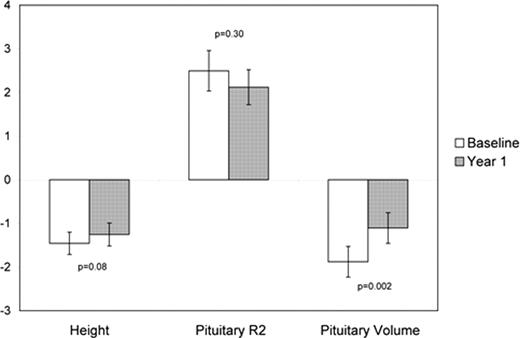Abstract
Abstract 5155
Deferasirox (Exjade®, Novartis Pharmaceuticals) is an oral iron chelator indicated for the treatment of transfusional iron overload. The recommended mode of administration is to be taken on an empty stomach in water, apple juice or orange juice ≥30 minutes before food. However, there have been post-marketing reports of discontinuation or reduced compliance of deferasirox secondary to palatability and gastrointestinal adverse events. Registration trials with deferasirox did not evaluate different food combinations in an attempt to maintain predictable plasma levels. Early single dose studies suggested that the bioavailability of deferasirox is increased when administered with or before meals, and is positively influenced by fat content, but is not affected by degree of dispersion nor type of liquid. Long-term pharmacokinetic and tolerability studies involving a food effect have not been conducted to date, and the ability of alternate methods of administration to improve patient compliance with iron chelation therapy is unknown.
This is an ongoing single-arm, open-label, multi-center study designed to evaluate the palatability, safety, tolerability and pharmacokinetics of deferasirox when administered with food, dispersed in any liquid of choice, or crushed and added to food. The patient population includes patients with transfusional hemosiderosis (minimum entry serum ferritin ≥500 μ g/L) aged >2 years with thalassemia major, sickle cell disease (SCD), low or intermediate (INT-1) risk MDS or other anemias, who are on, starting, or resuming treatment with deferasirox. The study began with a 1-month run-in phase with deferasirox dosed according to prescribing information, then a 3-month assessment phase where subjects could choose each week from 5 general administration options including with or without meals, in the morning or evening, crushed and added to a soft food, or mixed in a liquid of choice. Subject diaries are used to record the meal and method of administration at the end of each week. Palatability is assessed with a modified facial hedonic scale, with additional directed questions capturing gastrointestinal side effects. This is a data analysis of the run-in phase.
Target enrollment has been met with 65 patients. Baseline data on the first 58 subjects include 8 in the 2 to <10 years of age group (median 7.5 years; range 3–9); 42 in the 10 to <60 years of age group (median 18.5 years; range 10–48); and 8 in the ≥60 years of age group (median 74 years; range71-83). Underlying hematologic diagnoses included SCD (41%), thalassemia major (29%), MDS (12%) and other anemias (17%). Sixty-nine percent of subjects were receiving deferasirox prior to entering the study. The median baseline serum ferritin level was 2405 μ g/L (range 560–8660) and was distributed as shown in Table 1. The most frequent adverse events were diarrhea (19%) and nausea (9%) (Table 2), which were more common in MDS (P=0.23 and P<0.01, respectively).
Summary of age and baseline serum ferritin by underlying hematological condition

This ongoing trial (NCT00845871) is evaluating whether alternative modes of administration improve palatability and tolerability while maintaining safety. Preliminary data from the assessment phase (deferasirox taken with meals, different liquids, or crushed and added to food) will be presented at the meeting.
Goldberg:Novartis Oncology: Consultancy, Honoraria, Research Funding, Speakers Bureau. Off Label Use: Exjade, iron chelation therapy, off-label method of administration. Giardina:Novartis: Research Funding. Parkhurst Cain:Novartis: Research Funding. Chirnomas:Novartis: Research Funding. Esposito:Novartis: Employment. Paley:Novartis: Employment. Vichinsky:Novartis: Consultancy, Research Funding, Speakers Bureau; Hemaquest: Consultancy, Membership on an entity's Board of Directors or advisory committees; Apotex: Consultancy, Research Funding.
Author notes
Asterisk with author names denotes non-ASH members.


This feature is available to Subscribers Only
Sign In or Create an Account Close Modal